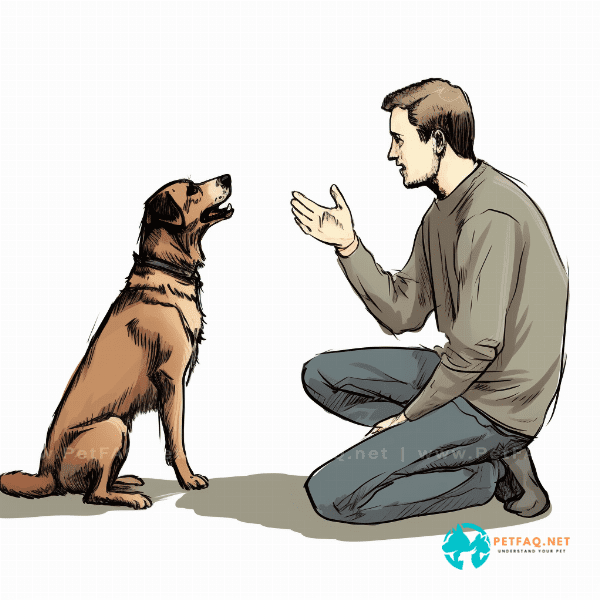The use of punishment in dog training is a highly debated topic among dog owners, trainers, and behaviorists. While some trainers believe that punishment is an effective tool for correcting unwanted behaviors, others believe that it can be harmful to the dog and can lead to a breakdown in the human-dog relationship. In this answer, we will explore the use of punishment in dog training, when it may be appropriate, and when it should be avoided.
First, it’s important to understand what is meant by “punishment” in dog training. Punishment is any action that reduces the likelihood of a behavior being repeated in the future. Punishment can be either positive, such as using a physical correction like a leash correction or a verbal reprimand, or negative, such as removing a positive reinforcer like a treat or praise.
The use of punishment in dog training can be appropriate in some situations, such as when the dog’s safety is at risk. For example, if a dog is about to run into traffic, a sharp verbal command or physical correction may be necessary to stop the dog and prevent an accident. Similarly, if a dog exhibits aggressive behavior, a physical correction or time-out may be necessary to prevent injury to humans or other animals.
However, it’s essential to use punishment judiciously and with care. Punishment should never be used as the first option or as the primary training method. Punishment can be damaging to the human-dog relationship and can cause fear, anxiety, and even aggression in dogs. Moreover, punishment can create a negative association with the trainer, making it less likely that the dog will want to obey in the future.
Instead of relying on punishment, positive reinforcement training techniques should be used as the primary training method. Positive reinforcement involves rewarding desired behaviors with treats, praise, or other positive reinforcers. This method encourages the dog to repeat the desired behavior and strengthens the human-dog relationship.
In conclusion, while punishment can be appropriate in certain situations, it should be used judiciously and with care. Positive reinforcement should be the primary training method, and punishment should be used only as a last resort when the dog’s safety is at risk or when other training methods have failed. Dog owners and trainers should consult with a qualified behaviorist to develop a comprehensive training plan that takes into account the dog’s individual needs and temperament.
Read more:Mastering Basic Dog Training Commands

Related Questions
- How do you potty train a puppy as part of obedience training?
- How can I teach my dog to not pull on the leash during walks?
- What are some free tips for teaching my dog to not bark excessively?
- How can you train a hunting dog to work with other dogs and hunters in the field?
- Canadian Working Dog Federation (CWDF): This organization offers Schutzhund/IPO/IGP titles and competitions for several breeds in Canada.
